It’s the start of a new year, and our binational team has an exciting set of priorities for the year ahead. As always, we are dedicating ourselves to protect and restore the diversity of life and lands in the Sky Island region with a collection of projects in Sonora, Arizona, and New Mexico. Here’s a sneak peek at some of our key plans for 2024.
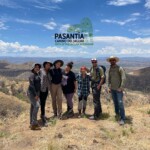
Path of the Jaguar Internship — we’re thrilled this year to be able to provide once again paid internships for undergraduate students in Sonora and Arizona to work on our water, wildlife, conservation, and communication programs. Learn about our current spring 2024 interns. And stay tuned for more openings later this year. If you have questions about the program, contact siainfo@skyislandalliance.org.
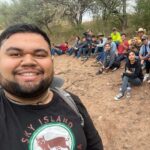
Universidad de la Sierra — we will provide ongoing staff presence on campus in Moctezuma, Sonora, to support a growing cohort of students studying the natural sciences and contributing to regional conservation projects.
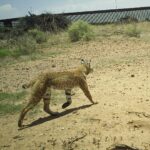
Border Wildlife Study — we will study wildlife communities and animal behavior along the U.S.-Mexico border by expanding our camera network in the San Pedro Riparian National Conservation Area. We’ll use these data to advocate for more sensible border infrastructure and policy. Volunteers are welcome to support the project by conducting field camera checks and helping analyze photos in the office. Contact Eamon Harrity to get involved.

FotoFauna — we will provide the FotoFauna community with more opportunities to contribute data to habitat monitoring projects in the region. And we’ll support volunteers in helping analyze camera data from important conservation lands. We’ll also create a new camera lending library and continue to expand FotoFauna in New Mexico.
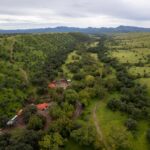
Ranchos Regenerativos — we will expand our partnerships with landowners in Sonora to implement restoration activities that benefit ranching families, native plants, and wildlife around the Área de Protección de Flora y Fauna Bavispe. These projects will be ongoing at Rancho Agua de en Medio, Cañon de Evans, Rancho El Mesquite, Rancho Nuevo, and other ranches near Cananea and the upper Río Sonora. We’ll also create a new bird monitoring program to guide our future work and aid migratory neotropical species in northern Sonora.
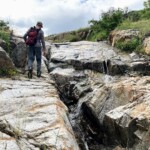
Spring Seeker — we will lead five volunteer trips to survey springs in wilderness areas and priority watersheds in the U.S. and Mexico, which will help inform future conservation activities. Learn how to join Spring Seeker, and stay tuned for more info on backpacking trips in these areas.
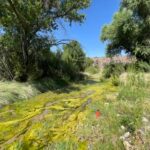
Spring Rescue — it’s time to rescue nine low-elevation springs around Tucson that are overrun with invasive plants including giant reed, Malta starthistle, fountain grass, salt cedar, rabbitfoot grass, oleander, bermuda grass, and red brome. With your help, we’ll get rid of the weeds surrounding these oases and make room for native plant recovery.
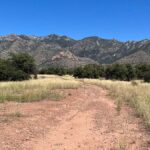
Road Rewilding — we aim to survey an additional 100+ miles of administratively decommissioned roads within Coronado National Forest’s Sierra Vista District and then physically close three road segments as a next step in this multi-year project. This will allow oak woodland to recover in the southern Huachuca Mountains. Learn how to volunteer.
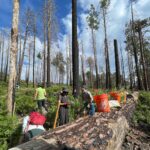
Bighorn Fire Response — we will ascend Mt. Lemmon for the third year in a row to help prevent erosion and habitat loss through the construction of about 100 rock structures, placed in strategic areas. Stay tuned for volunteer events where you can join us among the pines and help heal this area in the Catalinas.
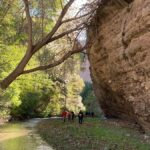
Aravaipa Habitat Project — help us this spring with our final push to remove invasive vinca from the banks of Aravaipa Creek. Sign up for weekend trips on Feb. 2-4 or Feb. 14-16.
If you’d like to support these projects through volunteering, make sure to bookmark our events calendar.

